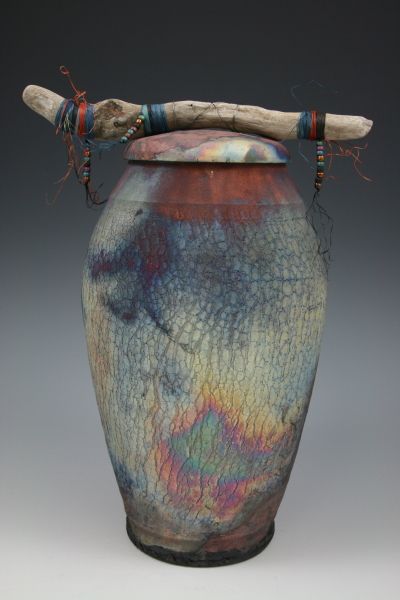Fire clay is a range of refractory clays used in the manufacture of ceramics especially fire brick the united states environmental protection agency defines fire clay very generally as a mineral aggregate composed of hydrous silicates of aluminium al 2 o 3 2sio 2 2h 2 o with or without free silica.
Fire clay ceramics definition.
Earthenware a low fired clay body.
The three most commonly used clay bodies are earthenware clay bodies mid fire stoneware clay bodies and high fire stoneware clay bodies.
The goal of bisque firing is to convert greenware to a durable semi vitrified porous stage where it can be safely handled during the glazing and decorating process.
Firing converts ceramic work from weak clay into a strong durable crystalline glasslike form.
It is usually fired to about 2400 degrees.
Firing clay transforms it from its humble soft beginnings into a new durable substance.
Firing sets the glaze and hardens the clay to create a piece that can hold up to daily use.
Term describing anything made of clay.
High fire ceramics usually tan or gray non porous.
Clay bodies can also be produced by mixing dry clays and additives with water to create your own desired clay body.
The temperature at which a piece is fired varies with the choice of high fire or low fire techniques.
In fact all high heat resistant firebricks are made of fire clay.
All three are available commercially in moist ready to use form.
It can be pottery or sculpture.
All refractory are based on fire clay what it contains alumina and silica.
Englobe colored clay slip used to decorate greenwear or leather hard pieces before bisque firing.
Available in red or also white.
Heat is applied to a raw clay piece that has been glazed.
Like heat resistant mortars insulation pottery ceramics ceramic blankets or ceramic tiles on space shuttle origins of these start from the fire clay its melting starts at 1600 celsius c or 2912 fahrenheit f point.
A mixture of clay and water in the consistency of mush that acts like a glue when it is put between two pieces of clay.
Ceramics are tough and strong and similar in some ways to stone.
Ceramic work is typically fired twice.
Firing is essential in pottery.
A modern technical definition is a vitreous or semi vitreous ceramic made primarily from stoneware clay or non refractory fire clay.
It can also refer to a place where pottery is made.
Loosely applied term for functional objects made of clay.
Firing clay from mud to ceramic.
Historically across the world it has been developed after.
The kiln takes about 8 hours to heat up and an additional 12 hours to cool down.
Pieces of pottery have survived for thousands of years all because clay met fire.
Glazed pottery is fired to a temperature of 1 830 2 010 degrees fahrenheit.
Fire to heat a clay object in a kiln to a specific temperature.
Stoneware is a rather broad term for pottery or other ceramics fired at a relatively high temperature.
It may or may not be glazed.
Clay and oxide and water.
It fires at about 2000 f.





























